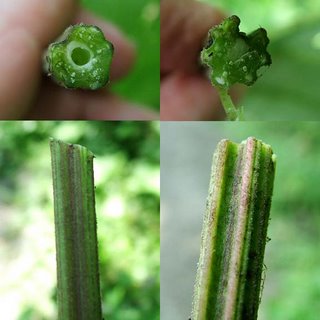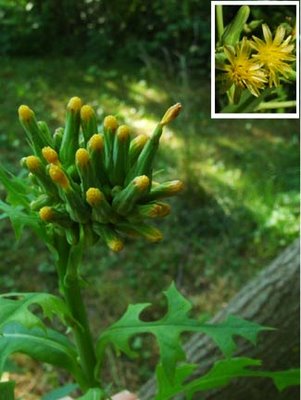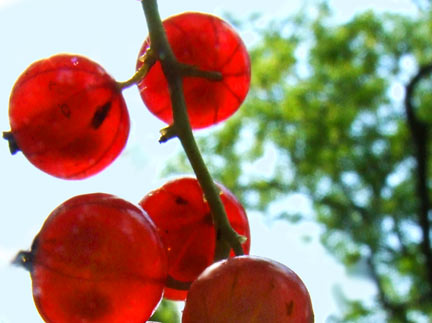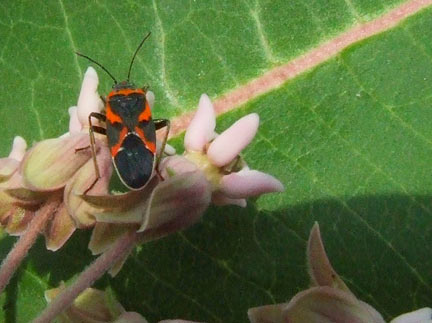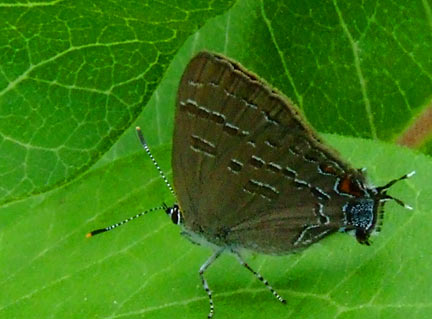Églantine found a flower in our yard.
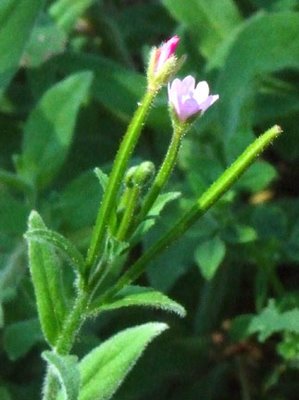
When she brought in part of the plant for identification purposes, I had to go get my wild flower key as I never seem to remember, from year to year, what the name is.
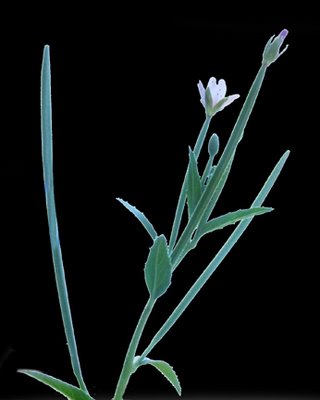
Some willow-herbs tend to be harder than others. I usually need to use my microscope for this one. OK, first we check to see if it has "hairs" on the stem and if so if they are very short incurved or longer, mostly horizontal and spreading.

These are longer, mostly horizontal and spreading so we move on to the stigma or end of the pistil in the flower. Is it a smooth curve or deeply 4-lobed?

OK, deeply 4-lobed stigma means one can look back at the leaves. Are they NOT clasping and very hairy? If so, according to Edward G. Voss's
Michigan Flora, which is a three volume key for plant identification that is often used in the Royal Botanical Gardens Herbarium and here at my home, the flower is a Sparce-flowered Willow-herb
Epilobium parviflorum. (OK, I left a bit out to make it easier for me, and you, but this is essentially how to ID this particular plant.) Fun?



